Rachel Whiteread is an indefatigable explorer of internal space. By turning humble items such as hot-water bottles and sinks inside out — that is, casting the cavities — Whiteread has accomplished one of the traditional tasks of art: revealing structure, beauty and mystery in the everyday. Her work is a remarkable contribution to an overlooked genre: the sculpture of inanimate things or still-life statuary.
Nonetheless the large-scale, mid-career Whiteread retrospective at Tate Britain, which ought to be a triumph, does not quite come off. Ironically, since her idiom is derived from minimalism, the exhibition fails to observe the law that less is more.
This is a common problem with museum displays of all kinds — people are tempted to show too much — but it is particularly acute with objects that are pared down to a simple essence. A room jam-packed with paintings can look marvellous — depending, of course, on what they are. But a gallery containing an assortment of minimalist sculptures — a Donald Judd box, some Carl Andre bricks, a Flavin light piece — always ends up looking cluttered, like the stockroom of a DIY megastore. And that’s what has happened with the Whiteread show.
For this, Tate Britain has opened up a whole suite of galleries on the main floor to form one large space — which probably seemed a good idea since some of the works are on a very large scale (a cast of a complete stairwell, for instance). The objects she has chosen to cast over the years vary in size from entire buildings to toilet rolls.
There’s nothing wrong with making sculpture by casting rather than carving or modelling: it can produce remarkable results. But in aggregate the effect here is repetitive. And it is certainly not the case that the more Whiteread you gather together, the better.
On the other hand, ‘Untitled (One Hundred Spaces)’ from 1995, a single, large — in fact, multiple — work shown just outside the exhibition proper, looks superb. This consists of a set of casts in coloured resin of the voids beneath that number of assorted chairs and it fills one half of the grand neo-classical Duveen Galleries in the centre of the museum.
This is Whiteread at her best. To look at, it is almost edibly attractive: the casts, in transparent pink, orange and blue, resemble giant jellies or Turkish delights set at perfectly judged intervals on the floor. And the more you contemplate it, the more odd and interesting it becomes.
The empty air underneath the ordinary pieces of furniture we all sit upon, obliviously, turns out to have as intriguing a shape as any archaeological treasure dug up from underground. A similar piece, ‘Table and Chair (Clear)’ from 1994, brings to mind a miniature Egyptian temple — or perhaps a funerary monument. There’s sometimes a faint suggestion of tombs and mummies about a Whiteread.
The more you wander around the show itself, though, the less magical it all seems. Retrospectives work best with artists whose work has changed over the years — or those who, at least, do various diverse things. Whiteread has carried on doing the same thing. From time to time, she casts a new sort of object — or a fresh type of material (recently, she’s tried out papier-mâché). But you couldn’t say there’s been any stylistic development.
What you see at Tate Britain is more a systematic exploration of an idea: variations on a theme. To succeed, her work depends on finding a suitable kind of object to cast, and the ideal material in which to do so. She does not always manage that double feat. Her moulds of the hidden zones to be found underneath baths are less than exciting because — the shape of the outside and the inside being much the same — the results just look like a large plaster bath. This is strange, admittedly, but mysterious and fascinating? No.
Formally speaking, Whiteread’s output often echoes the earlier generation of minimalists. Her casts of floors, for example, are much like Carl Andre’s checkerboard floor pieces made of rectangular metal plates. To this geometric grid, Whiteread adds naturalistic detail: the cracks and irregularities of real tiles or the grain of actual wooden boards. It’s those delicate surfaces that show she’s not an abstractionist but a realist. Even so, without a strong formal template the results can just look dull (as the casts of bookshelves, for example, do).
This kind of show brings out such weaknesses. But that’s not really the trouble. The problem is simpler: some works of art, like some people, need a room to themselves —and Whiteread’s, as this show demonstrates, are of that unsociable kind.
Got something to add? Join the discussion and comment below.
Get 10 issues for just $10
Subscribe to The Spectator Australia today for the next 10 magazine issues, plus full online access, for just $10.
You might disagree with half of it, but you’ll enjoy reading all of it. Try your first month for free, then just $2 a week for the remainder of your first year.

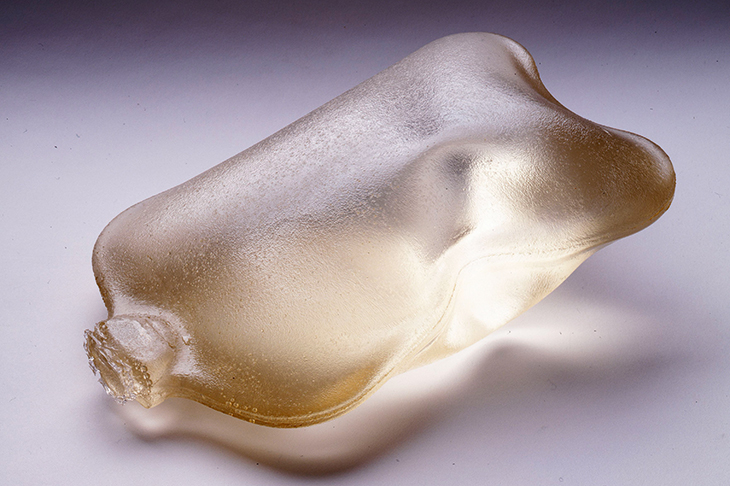


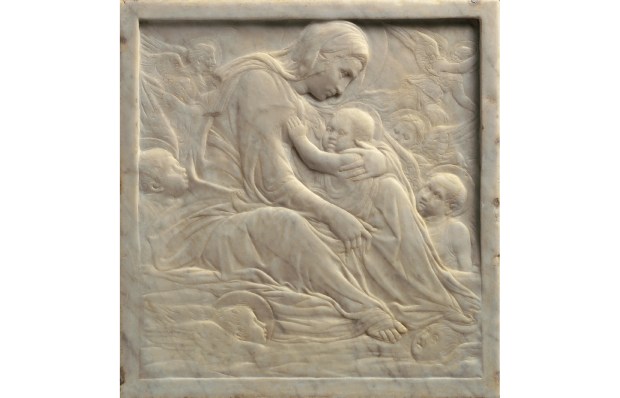
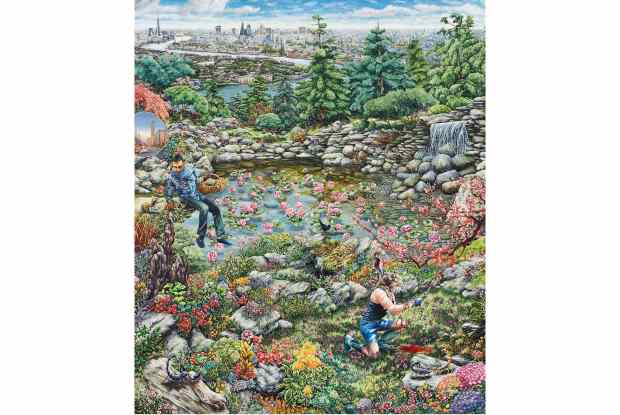
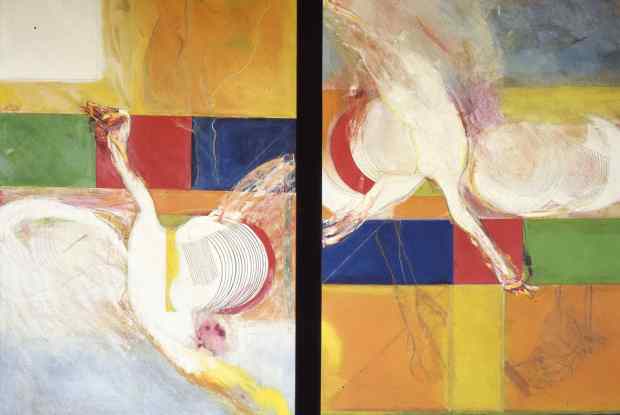
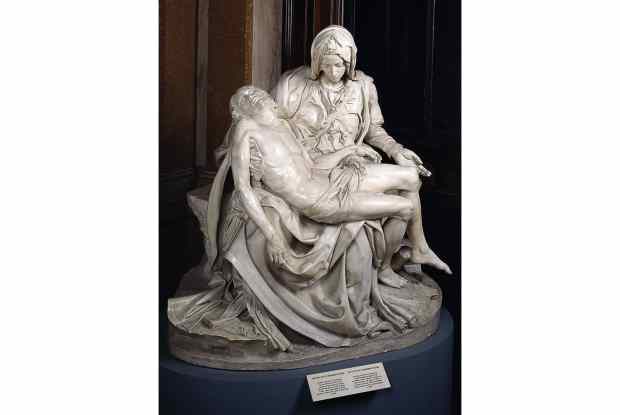






Comments
Don't miss out
Join the conversation with other Spectator Australia readers. Subscribe to leave a comment.
SUBSCRIBEAlready a subscriber? Log in